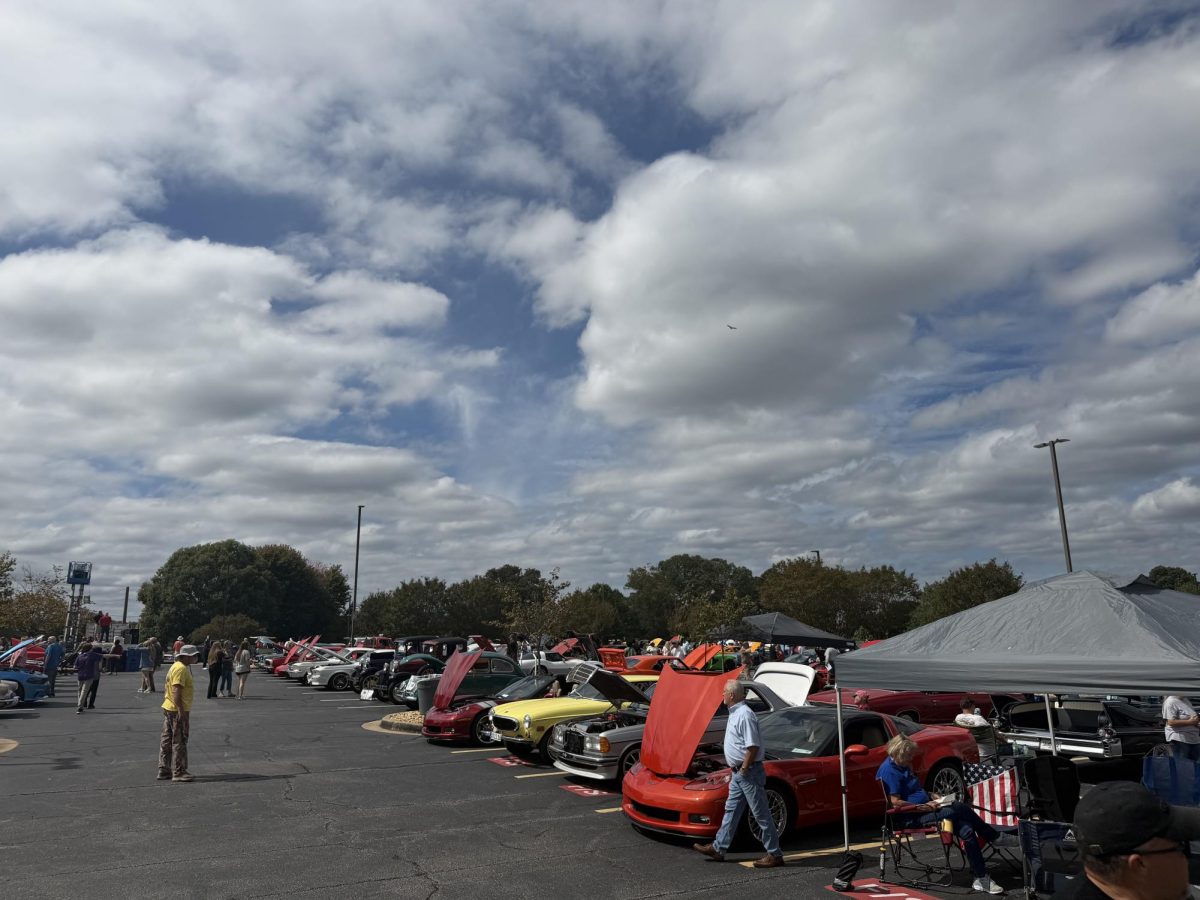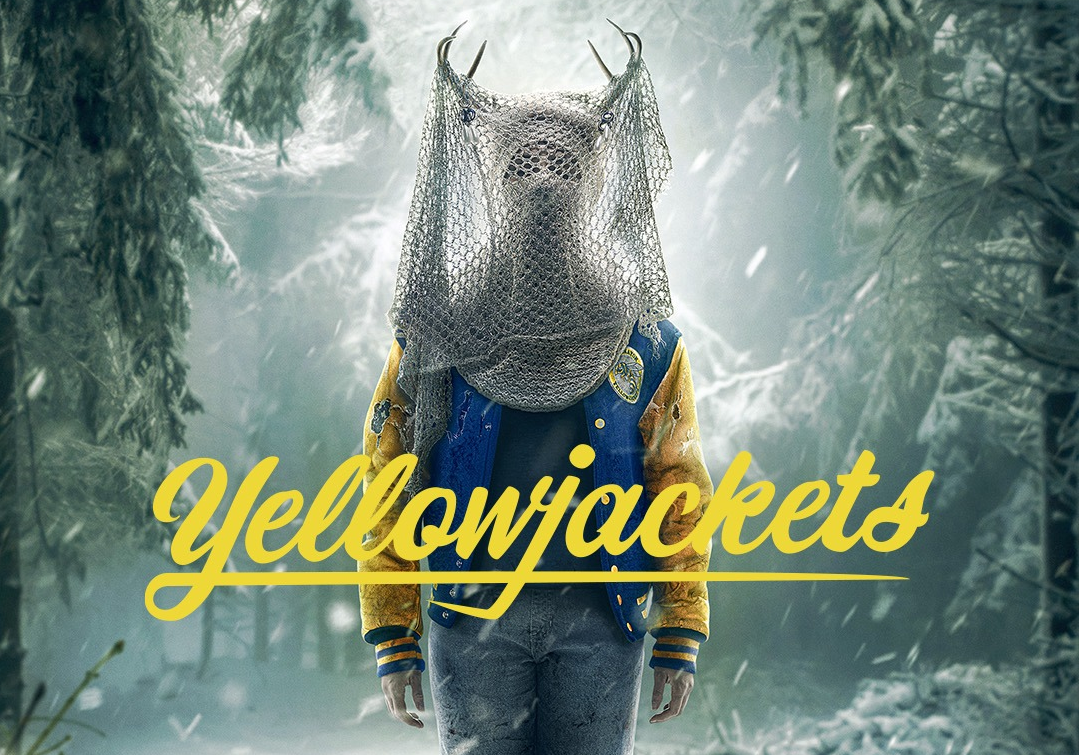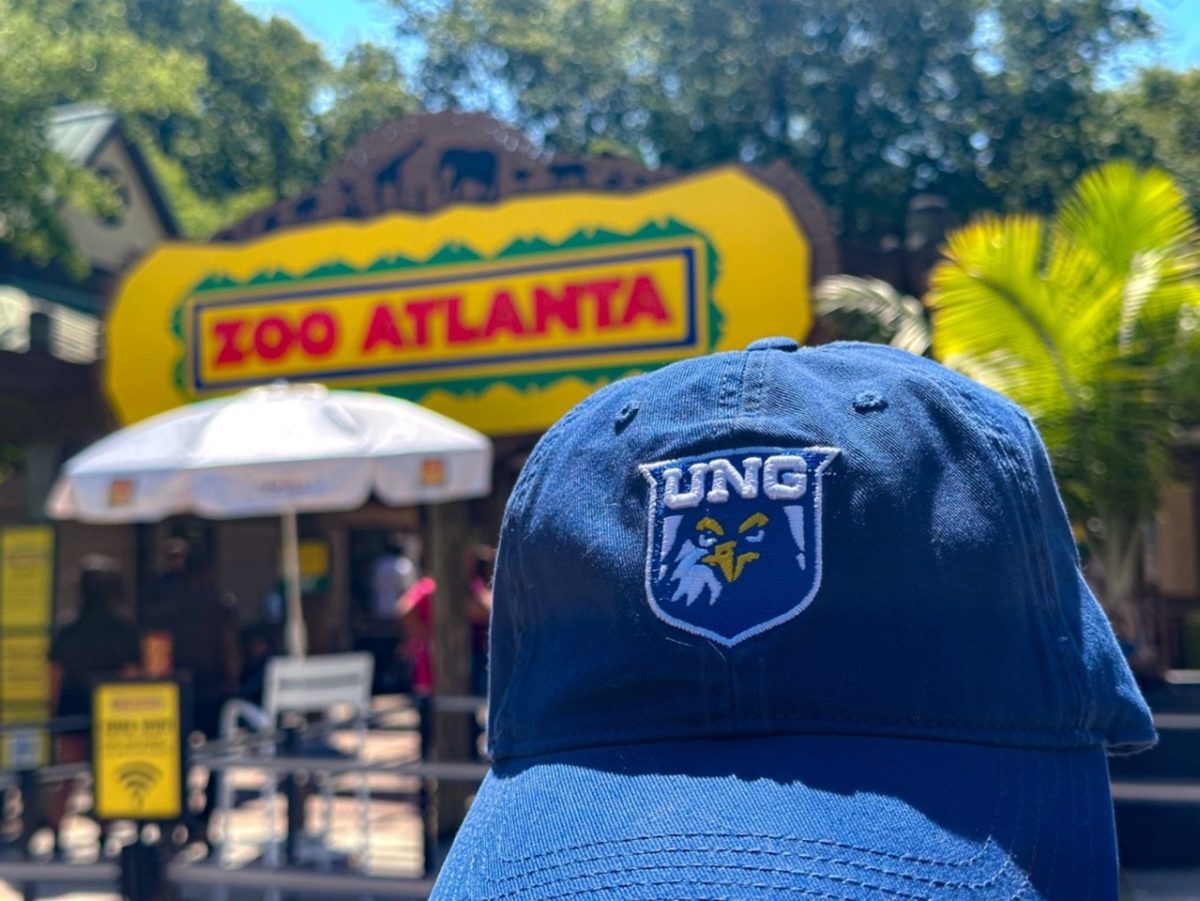Phone service becomes spotty as one climbs the small backroad that leads to the North Georgia Astronomical Observatory. The facility is tucked away on a hilltop four miles from the University of North Georgia’s Dahlonega campus, and there’s little else but trees surrounding the venue.
It’s not the typical setting of a Friday night out, but locals continue to arrive at the scene well into the night. This dark, isolated location is perfect for one thing: stargazing.
The observatory has been hosting free public telescope viewings since opening earlier in the summer, and those who visited on the night of Oct. 15 were treated to spectacular astronomical sights. Good weather conditions and a cutting-edge telescope meant getting to see closeups of the moon, planets, and star clusters.

“We have a really dark sky,” student astronomer Joey Froetschel said. “On a really good night we can see the Milky Way maybe ten or so degrees off the horizon.”
The observatory, a $1.4 million effort funded by UNG, is a state-of-the-art facility designed to support undergraduate education and provide free astronomical programming to the public. While used for student affairs on most nights of the week, Fridays and Saturdays are typically dedicated to the public.
Guests can visit the venue at 3000 Dawsonville Highway, Dahlonega beginning at around 8 or 9 p.m., but telescope viewings are sensitive to weather conditions like high humidity and cloudy skies. Locals are encouraged to check the group’s Facebook page for real time updates on when and if public viewings are being held.
“We usually make that decision around 3 or 4,” Froetschel said.
The small team of UNG students that oversee the observatory’s nightly operations are highly passionate and knowledgeable. A visit to the observatory plays out much like a guided tour with science education being provided at every step.
“One of my favorite things is when you’re sitting there as a T.O. (telescope operator) and someone walks up and goes ‘wow.’” – Joey Froetschel.
Intense red lighting ensures the targets are as visible as possible, and the telescope is powerful enough to clearly make out the craters on the moon. Guests also had the chance to see both Saturn and Jupiter on the night of Oct. 15. Visible targets change based on season and weather, but the observatory remains an educational experience year-round.
“If it’s a child, I want them to be like ‘wow this is so cool!’” Froetschel said. “If they’re adults, I want them to have that experience of ‘I actually got to see this thing.’”
More details on the observatory can be found by visiting the observatory’s UNG page.


























